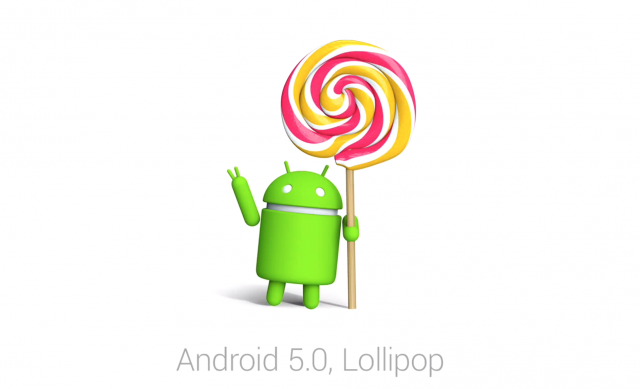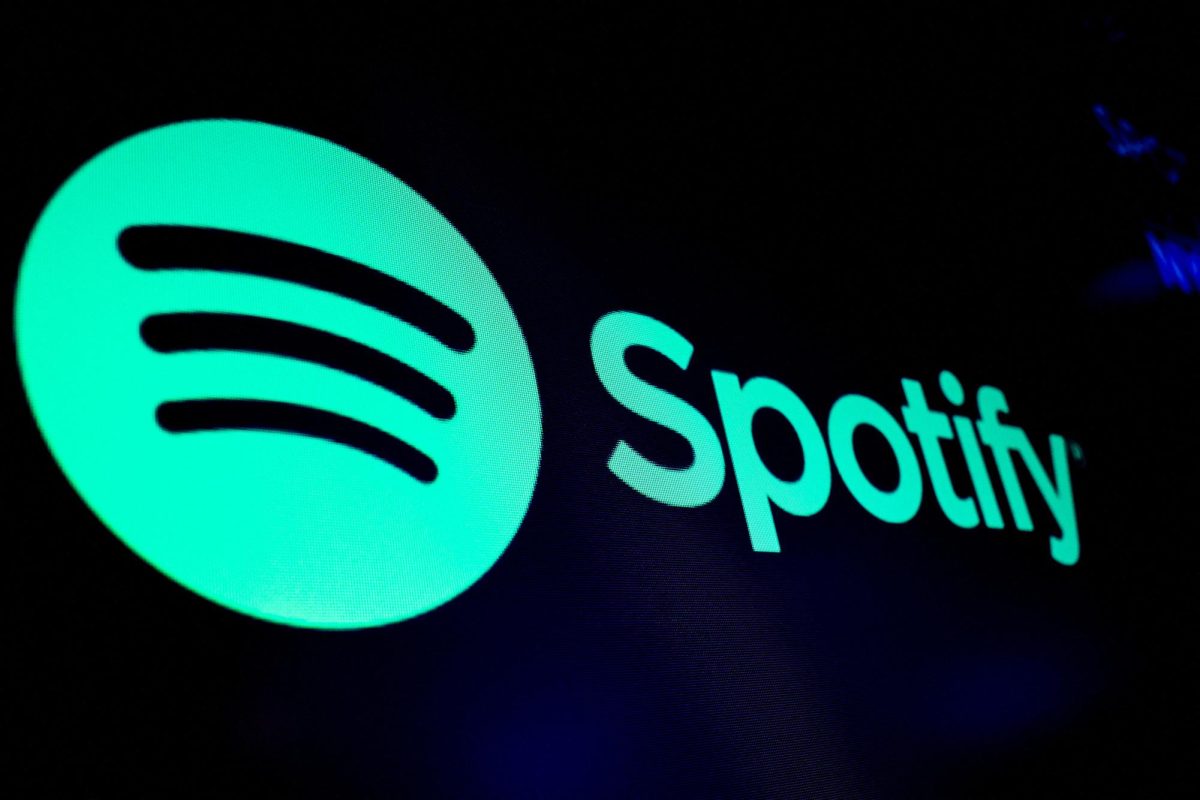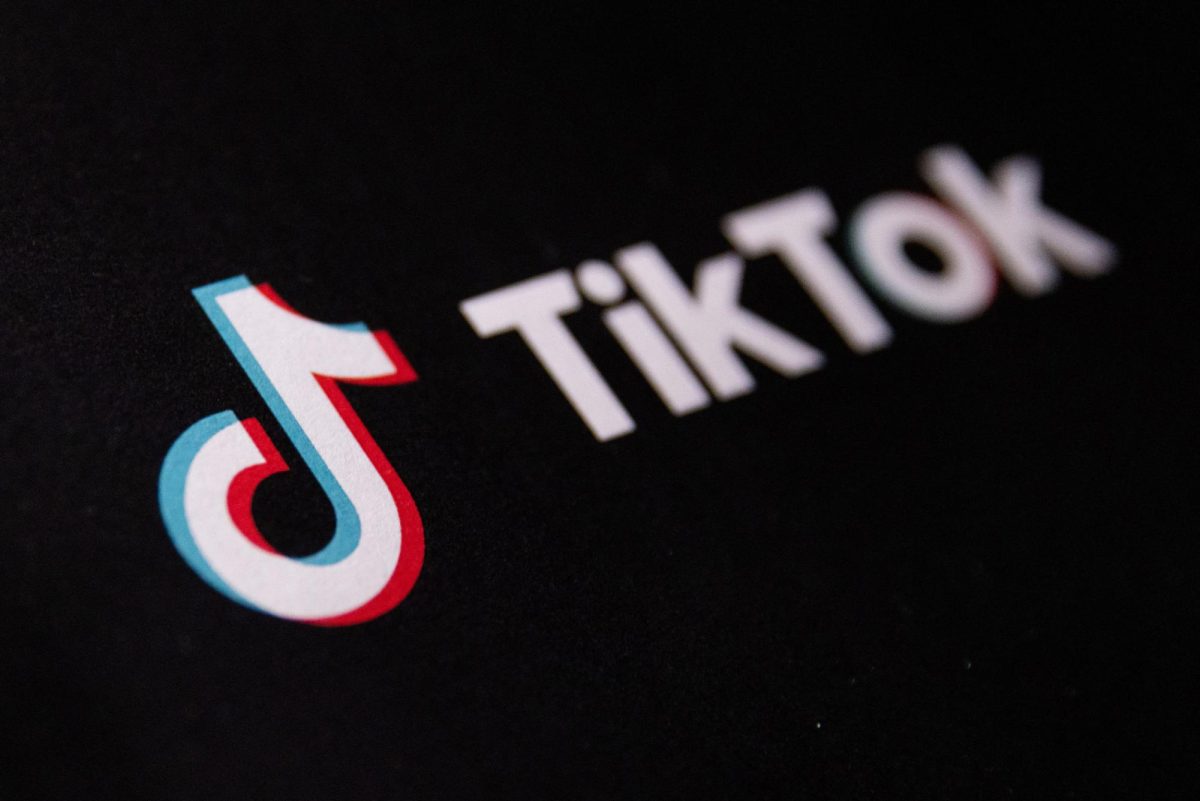By Chris Bradshaw, Satyendra Emani, and Ryan McCordick

Google has recently announced the release of the latest update to their mobile operating system, Android 5.0 Lollipop. The new updates boasts a multitude of new features, both in aesthetics and functionality. The consumer release date for the new update is set for November 3, the same day that other Google devices like the Nexus 6 and the Nexus 9 are supposed to be released to the public.
The new update includes various security features, including phone encryption by default and a safeguard against unauthorized data wipes, which should deter thieves who want to make a quick buck. “Trusted devices” is also a new security feature, where you can disable the PIN or passcode depending on whether or not you’re in range of a Bluetooth device or NFC tag. Android will also be enforcing SELinux for all applications, which means that the operating system will now be protected against vulnerabilities and malware.
Performance is improved in the update, using Android Runtime (ART), a new way to handle how apps are ran upon execution. ART will provide up to 4x more performance than before, and will support 64-bit SoCs (System on a chip). OpenGL ES 3.1 will also put Android devices towards the graphical performance towards desktop computers and gaming consoles.
Mobile phones will also now support the “multiple users” feature that was available to tablets initially, so if you want to hand off the phone to a friend to use for an extended period of time, they will be able to use the phone as if it were their own. This is also perfect for families who want to share a device, but not their stuff. “Screen pinning” also allows for users to lock the phone onto one app, which may be useful for parents who occasionally hand their phone off to their kids for playing a game or watching videos.
The new “Material Design” user interface, which adds new animations and recreates some old screens will also be a part of the new update. Google says in it’s changelog that “Responsive, natural motion, realistic lighting and shadows, and familiar visual elements make it easier to navigate your device” and “Vivid, new colors, typography, and edge-to-edge imagery help to focus your attention.” (Android Police)*
Audiophiles and professional photographers will also enjoy the new media features that come with Android Lollipop. Audio input from microphones will now have a lower latency, and Google is putting some strict delay requirements for applications that want to use the microphone. Professional music applications will be limited to 8 channel mixing, but that includes both 5.1 and 7.1 channels. USB audio devices will also be supported now, so USB microphones, headphones, amps, and mixers can be used. Full resolution frames can be captured at around 30 fps, and individual settings to control the sensor, lens, and flash per frame is added. Raw formats like YUV and Bayer RAW is supported, so professional photographers that want the best quality out of their photos can finally rest in peace.
Miscellaneous features that may come in handy are also put in – Estimated time to get to full charge, estimated time until you need to charge again, new quick toggles for flashlight, hotspot, display rotation, and screencasting is also available. The update also has improved logic when using a Wi-Fi connection – if the Wi-Fi connection doesn’t connect to the internet, Android will automatically switch back to cellular data. Also, when switching from Wi-Fi to cellular data and back will not interrupt video chat or VoIP calls.
Android Lollipop will come to the Nexus 4, Nexus 5, Nexus 6, Nexus 7 (2012 and 2013), Nexus 9, and Nexus 10, along with Motorola devices, including the Moto X (1st and 2nd Gen), Moto G (1st and 2nd Gen), Moto G 4G LTE, Moto E, Droid Ultra, Droid Maxx, and the Droid Mini. Sony has also confirmed that the new update will be coming to their “Xperia Z” device line, but no other devices from Sony. Samsung still hasn’t confirmed which of their devices will be updated, but their newest devices, like the Galaxy Note 4 and the Galaxy S5 will most likely see the update.
Android has always been a competitor for Apple and Windows devices, but with these new improvements, Android may just become the top mobile operating system. Google has definitely done well with this version, and with these new features, the operating system is probably going to appeal to a larger crowd now.







